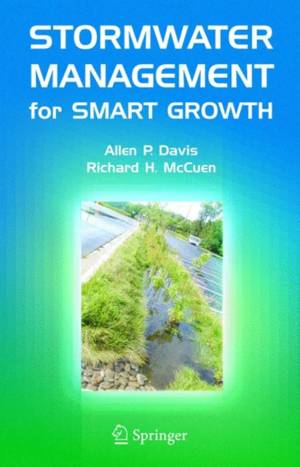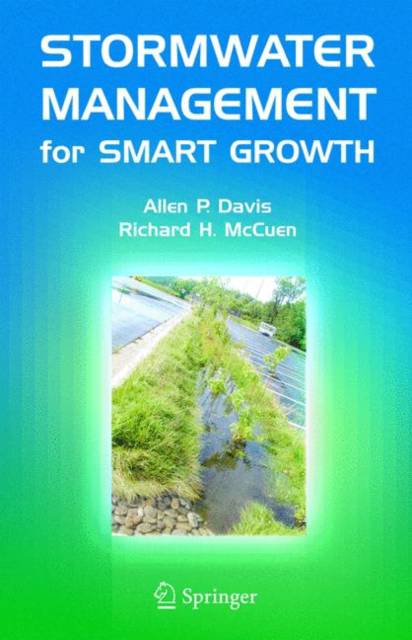
- Afhalen na 1 uur in een winkel met voorraad
- Gratis thuislevering in België vanaf € 30
- Ruim aanbod met 7 miljoen producten
- Afhalen na 1 uur in een winkel met voorraad
- Gratis thuislevering in België vanaf € 30
- Ruim aanbod met 7 miljoen producten
Zoeken
€ 181,95
+ 363 punten
Uitvoering
Omschrijving
Land development to support population increases and shifts requires changes to the hydrologic cycle. Increased impervious area results in greater volumes of runoff, higher flow velocities, and increased pollutant fluxes to local waterways. As we learn more about the negative impacts of these outcomes, it becomes more important to develop and manage land in a smart manner that reduces these impacts. This text provides the reader with background information on hydrology and water quality issues that are necessary to understand many of the environmental problems associated with land development and growth. The variability of runoff" flows and pollutant concentrations, however, makes the performance of simple technologies erratic and predicting and modeling their performance difficult. Chapters on statistics and modeling are included to provide the proper background and tools. The latter chapters of the text cover many of the different technologies that can be employed to address runoff flows and improve water quality. These chapters take a design approach with specific examples provided for many of the management practices. A number of methods are currently available for addressing the problems associated with stormwater runoff quality from urban areas; more continue to be developed as research is advanced and interest in this subject continues to surge. Traditionally, techniques for the improvement of runoff quality were borrowed applications from water and wastewater treatment, such as large sedimentation ponds Recently, increased interest has been placed on using natural systems to improve water quality.
Specificaties
Betrokkenen
- Auteur(s):
- Uitgeverij:
Inhoud
- Aantal bladzijden:
- 368
- Taal:
- Engels
Eigenschappen
- Productcode (EAN):
- 9781441938572
- Verschijningsdatum:
- 29/10/2010
- Uitvoering:
- Paperback
- Formaat:
- Trade paperback (VS)
- Afmetingen:
- 156 mm x 234 mm
- Gewicht:
- 539 g

Alleen bij Standaard Boekhandel
+ 363 punten op je klantenkaart van Standaard Boekhandel
Beoordelingen
We publiceren alleen reviews die voldoen aan de voorwaarden voor reviews. Bekijk onze voorwaarden voor reviews.











